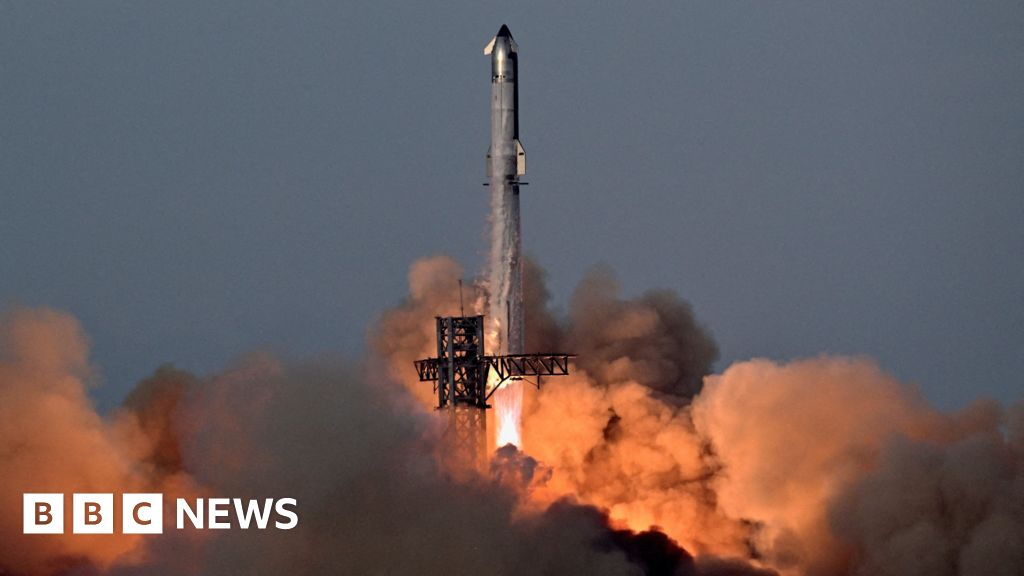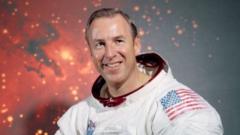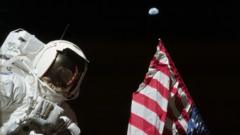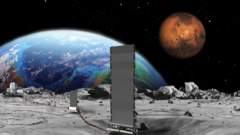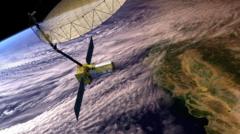The commander of Nasa's next mission to the Moon said that he and his crew would see things that no human has ever seen. Reid Wiseman told a news conference that it was likely that his spacecraft would fly over large areas of the Moon that previous Apollo missions had never mapped.
Yesterday, Nasa announced it hoped it would be able to launch the first crewed Moon mission in 50 years as early as February 2026.
Mission specialist Christina Koch explained that the astronauts would be able to study the lunar surface in exquisite detail for a full three hours. Believe it or not, human eyes are one of the best scientific instruments that we have, she said.
Our geologists are beyond excited for our eyes to look at the Moon, and we've been training how to turn those observations into answering some of the biggest questions of our time, questions like 'Are we alone?' We can answer that by going to Mars in the future, and this mission can be the first step in bringing that answer back to team humanity.
The Artemis II mission is the second launch of the Artemis programme, whose aim is to land astronauts and eventually establish a long-term presence on the lunar surface.
Commander Reid told reporters the name the crew had given to their spacecraft and why they chose it. Peace and hope for all humankind, that is what we really want. We are bringing together the world, and when you squeeze it all down, it will create magic. So we're going to fly around the Moon in the spacecraft 'Integrity'.
All four astronauts said they took inspiration from the Apollo Moon missions of the 1960s and early 1970s. Christina Koch decided to become an astronaut after seeing a picture of the Earth taken by Bill Anders, a crew member of the Apollo 8 mission in 1968. For her, the Artemis II flight is literally a dream come true because it, just like Apollo 8, will fly around the Moon to help pave the way for a Moon landing.
Jeremy Hansen, another crew member, stated that this will be the first time he has been in space. He reflected on the significance of the Apollo 8 mission during a challenging time in history and expressed a desire for unity and inspiration through the Artemis missions.
Victor Glover will make history as the first black person to visit the Moon. His aim is to explore our need to learn about our place in the universe while also bringing a message of unity to the nations of the world.
Reid Wiseman, despite being the commander, emphasizes the dedication and eagerness of each crew member, referring to them as humble and driven. As a widowed parent, he shares the emotional and rewarding aspects of his life while acknowledging the monumental goals of their mission.
In summary, the Artemis II crew stands ready to explore the Moon and inspire future generations as they embark on a significant journey for all humanity.







